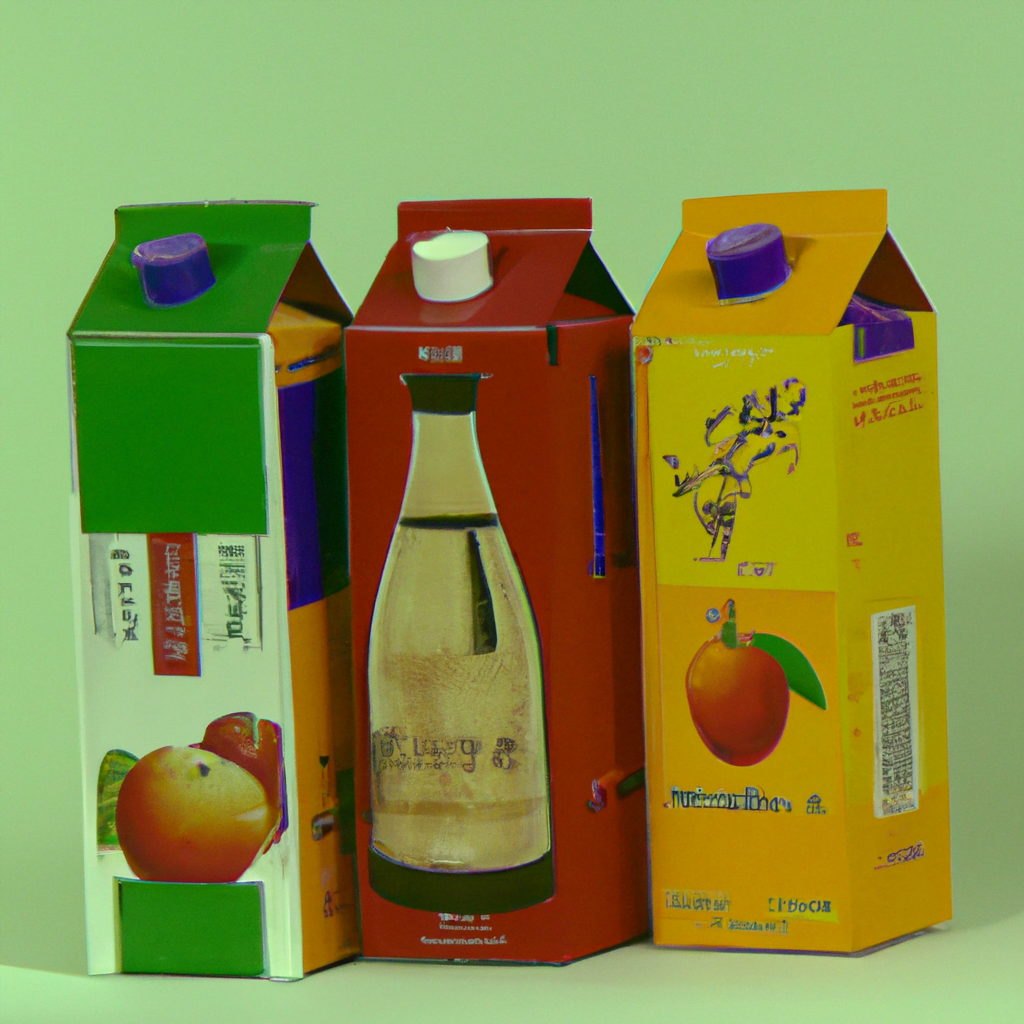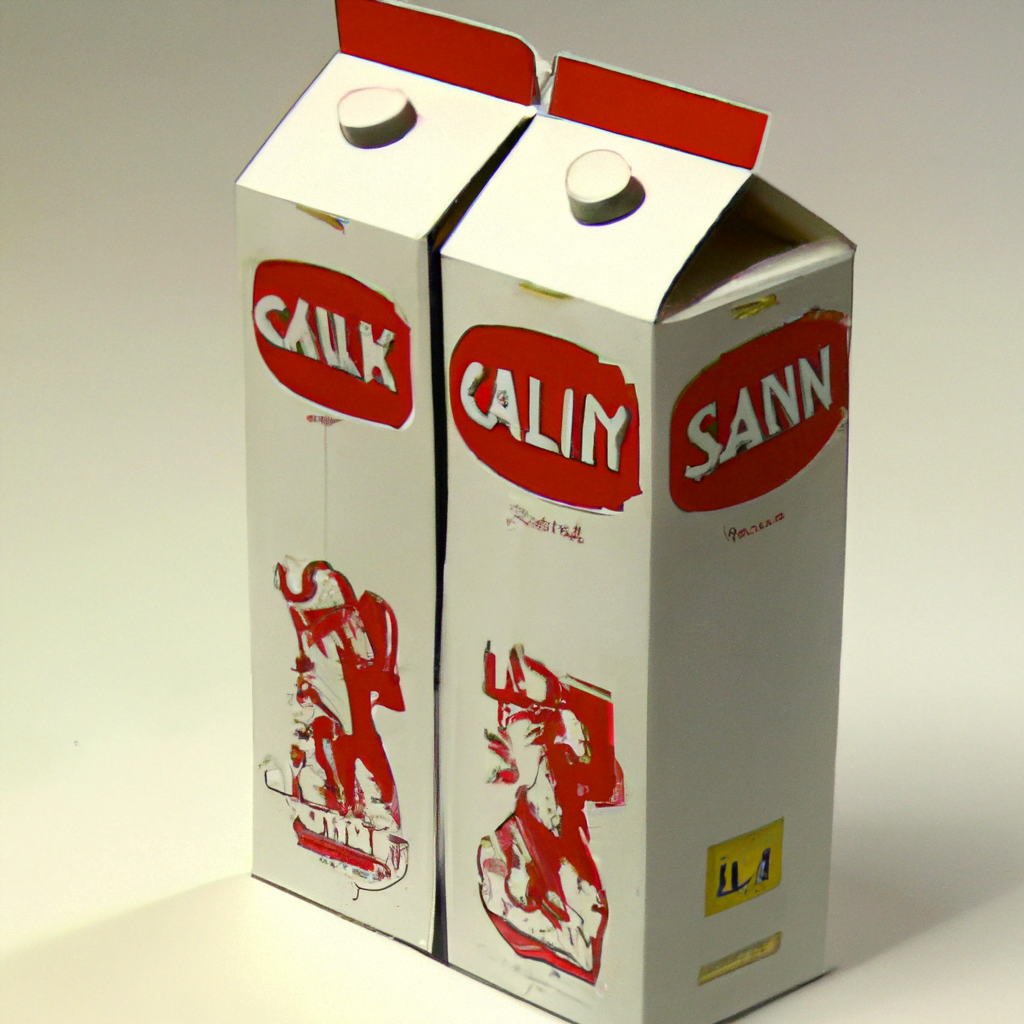
Packaging for Food and Beverage Products: An Overview

Introduction
Packaging plays a crucial role in the food and beverage industry. It not only protects the products from contamination and damage but also serves as a marketing tool to attract customers. The packaging industry has evolved significantly over the years, with new materials and technologies being introduced to meet the changing needs of consumers and manufacturers. In this article, we will explore the different types of packaging used in the food and beverage industry, their advantages and disadvantages, and the latest trends in packaging design.
Types of Packaging
There are several types of packaging used in the food and beverage industry, including:
1. Glass
Glass is a popular packaging material for beverages such as beer, wine, and spirits. It is also used for food products such as jams, pickles, and sauces. Glass is a non-reactive material that does not affect the taste or quality of the product. It is also recyclable and can be reused multiple times. However, glass is heavy and fragile, making it expensive to transport and prone to breakage.
2. Plastic
Plastic is a versatile packaging material that is used for a wide range of food and beverage products. It is lightweight, durable, and cost-effective. Plastic packaging can be made in different shapes and sizes, making it ideal for products with irregular shapes. However, plastic is not biodegradable and can take hundreds of years to decompose. It also poses a risk to the environment and wildlife if not disposed of properly.
3. Metal
Metal packaging is commonly used for canned food products such as vegetables, fruits, and soups. It is also used for beverages such as beer and soft drinks. Metal is a strong and durable material that provides excellent protection to the product. It is also recyclable and can be reused multiple times. However, metal is heavy and can be expensive to transport.
4. Paper and Cardboard
Paper and cardboard are commonly used for packaging dry food products such as cereals, snacks, and bakery items. They are lightweight, cost-effective, and biodegradable. Paper and cardboard packaging can also be printed with attractive designs and logos to enhance the product’s appeal. However, they are not suitable for products that require airtight packaging or protection from moisture.
Advantages and Disadvantages of Different Types of Packaging
Each type of packaging has its advantages and disadvantages, depending on the product’s requirements and the manufacturer’s preferences. Here are some of the pros and cons of different types of packaging:
Glass
Advantages:
- Non-reactive material that does not affect the taste or quality of the product
- Recyclable and can be reused multiple times
- Provides an attractive and premium look to the product
Disadvantages:
- Heavy and fragile, making it expensive to transport and prone to breakage
- Not suitable for products that require airtight packaging
- Higher manufacturing costs compared to other materials
Plastic
Advantages:
- Lightweight, durable, and cost-effective
- Can be made in different shapes and sizes
- Provides excellent protection to the product
Disadvantages:
- Not biodegradable and can take hundreds of years to decompose
- Posses a risk to the environment and wildlife if not disposed of properly
- May affect the taste or quality of the product if not made from food-grade plastic
Metal
Advantages:
- Strong and durable material that provides excellent protection to the product
- Recyclable and can be reused multiple times
- Provides an attractive and premium look to the product
Disadvantages:
- Heavy and can be expensive to transport
- Not suitable for products that require airtight packaging
- May affect the taste or quality of the product if not lined with a food-grade coating
Paper and Cardboard
Advantages:
- Lightweight, cost-effective, and biodegradable
- Can be printed with attractive designs and logos to enhance the product’s appeal
- Suitable for dry food products that do not require airtight packaging
Disadvantages:
- Not suitable for products that require protection from moisture or humidity
- May not provide adequate protection to the product during transportation
- May not be suitable for products with irregular shapes or sizes
Trends in Packaging Design
Packaging design plays a crucial role in attracting customers and differentiating products from competitors. Here are some of the latest trends in packaging design:
1. Sustainable Packaging
Consumers are becoming more environmentally conscious and are looking for products with sustainable packaging. Sustainable packaging is made from materials that are biodegradable, compostable, or recyclable. It reduces the environmental impact of packaging waste and helps to conserve natural resources.
2. Minimalist Design
Minimalist packaging design is becoming increasingly popular, with brands opting for simple and clean designs that focus on the product’s key features. Minimalist packaging is easy to read and understand, and it stands out on the shelves.
3. Personalized Packaging
Personalized packaging is a trend that involves customizing the packaging to suit the customer’s preferences. It can include personalized messages, names, or images that make the product more appealing to the customer.
4. Interactive Packaging
Interactive packaging is a trend that involves incorporating technology into the packaging design. It can include QR codes, augmented reality, or other interactive features that engage the customer and provide additional information about the product.
Conclusion
Packaging plays a crucial role in the food and beverage industry, providing protection to the product and serving as a marketing tool to attract customers. There are several types of packaging available, each with its advantages and disadvantages. Manufacturers need to choose the right packaging material based on the product’s requirements and the target audience’s preferences. The latest trends in packaging design focus on sustainability, minimalism, personalization, and interactivity, providing new opportunities for brands to differentiate themselves from competitors.
